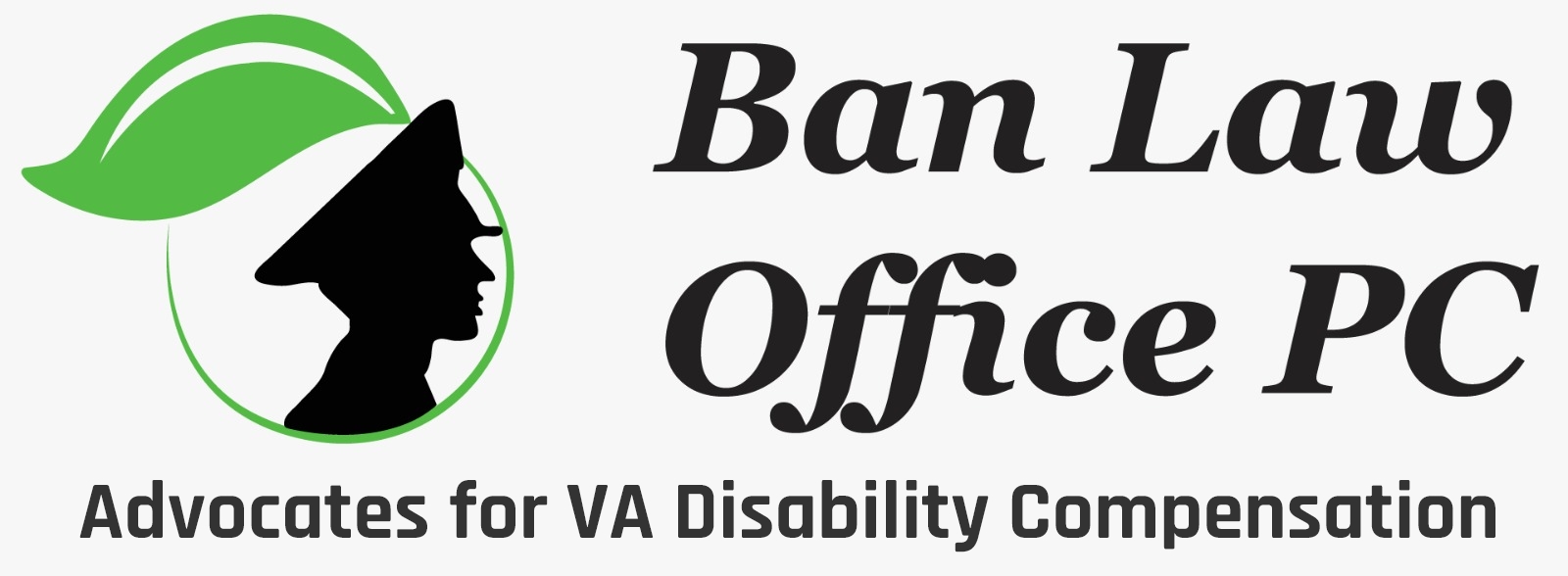An important feature that most Veterans probably wouldn’t believe is that the VA is actually supposed to assist you whileapplying for VA compensation. This is of course in theory. The applicable rule, the Veterans Claims Assistance Act, also known as the “duty to assist” so that the VA will assistVeterans develop their claims in a variety of ways described here.
Assist with Evidence
The duty to assist requires VA to fully develop the claim for increase andmake “reasonable efforts” to assist the veteran in locating the evidence. This includes evidence from private medical providers. If the VA is unable to procure this evidence, they must let the veteran know. There is a bit of a heightened duty if the records are from a different federal agency (including service treatment records),they must get the records unless for some reason they don’t exist, or further efforts would be pointless. The duty to assist also includes a right to a hearing, including under the modernized AMA. If an application for compensation is incomplete the VA must indicate this problem so that the veteran can provide the missing information. Further, the VA must notify veterans of what information is needed to prove a claim, the information VA will get, and the information the veterans must get. The problem with the notices is that overall, they are all very generic and nonspecific to any particular claim(s). Their utility is questionable but still is part of VCAA.
VCAA and PACT act and consideration of all theories
Many veterans submit applications for compensation but are frequently denied when the VA only considers very weak theories of entitlement instead of much stronger ones. Under duty to assist VA is required to consider all theories of entitlement. 38 C.F.R. 3.103(a). So, for instance if a sleep apnea claim is very clearly caused by service-connected asthma but the VA doesn’t consider this theory and says its instead caused by non-compensable obesity they have violated this duty.
Under the new PACT act have anuseful duty under VCAA where they must look historically at all the veteran’s claims, previously denied claims, and then if those denied claims would have been differently decided under more favorable PACT act presumptions the VA must let them know about the change in law. Importantly under this particular duty the VA must inform the veteran directly. Specifically, the VA must inform the veteran of their opportunity to refile as a supplemental claim.
Exams
Duty to assist often includes a medical examination to determine service connection or disability severity. This duty should be triggered where credible lay evidence is submitted in support of a claim. Other types of evidence that would trigger exams would be evidence of disability, participation in a toxic exposure activity, and a relationship between the two. Even under the new PACT act claims have been shown hard to substantiate but the VA is required to all the veteran’s toxic exposures including the combined and cumulative effects of these exposures. We have anecdotally been seeing many decisions that ignore many various toxic exposures and completely forgetting to do exams here. Also quite frustrating is the recent scheduling of these exams has been erratic to say the least through the companies that conduct these exams under contract. Though they are required to conduct thorough exams this is rarely the case. These examinations are often quite mixed in terms of quality and must be thoroughly vetted to determine whether they met the mark in terms of meeting exam quality.
Frequently VA opinions within the exam reports indicate that an opinion can’t be given without resorting to mere speculation. Though this is often unsatisfying this result is common and is actually legal if this conclusion is based on limitations of knowledge of the medical community on the whole and not just that particular examiner. These explained limitations could often be challenged since the medical community is a large one, and divergent opinions would often exist. Also frustrating is when positive nexus medical evidence is submitted but then the VA will often further develop the evidence with a new exam. This is a “develop to deny” scenario where even though the VA can’t do this, they will often do it anyway. The VA will get around this prohibition by stating they only seek to clarify a medical opinion which they are allowed to do. Some cases have stated that private medical opinions should instead be sent to the same private medical provider to be explained. Savage v. Shinseki. Some veterans may wonder whether its even worth it to go to these exams. The answer is for the most part the answer is yes since not attending will lead to an automatic denial. An exception may be on an original claim where not attending may just cause the VA to rely on evidence in the file, which if favorable could lead to an approval.
The VA also “has a duty to fully and sympathetically develop a veteran’s claim to its optimum”. This means theVA must determine all potential claims raised by the evidence applying all relevant laws and regulations. This requirement is extremely frequently missed as the VA will normally only develop claims that are explicitly raised in an application. The evidence in the claims file may lead to the conclusion that a claim benefit Y is raised by the evidence. Also, a claim that was never rendered or became final occurs when “the time for appealing a decision did not run where the sec failed to provide the Veteran with information or material critical to the appellate process”. The appeal period will be tolled when the VA has failed to notify claimant of claim denial, mail claimant a copy of the board decision, provide notice of appeal rights, or issue a statement of the case. If a veteran receives treatment at VA for a service-connected problem that treatment (such as hospitalization) can constitute a new claim for increased ratings. VA is charged with the knowledge to know what’s going on.




